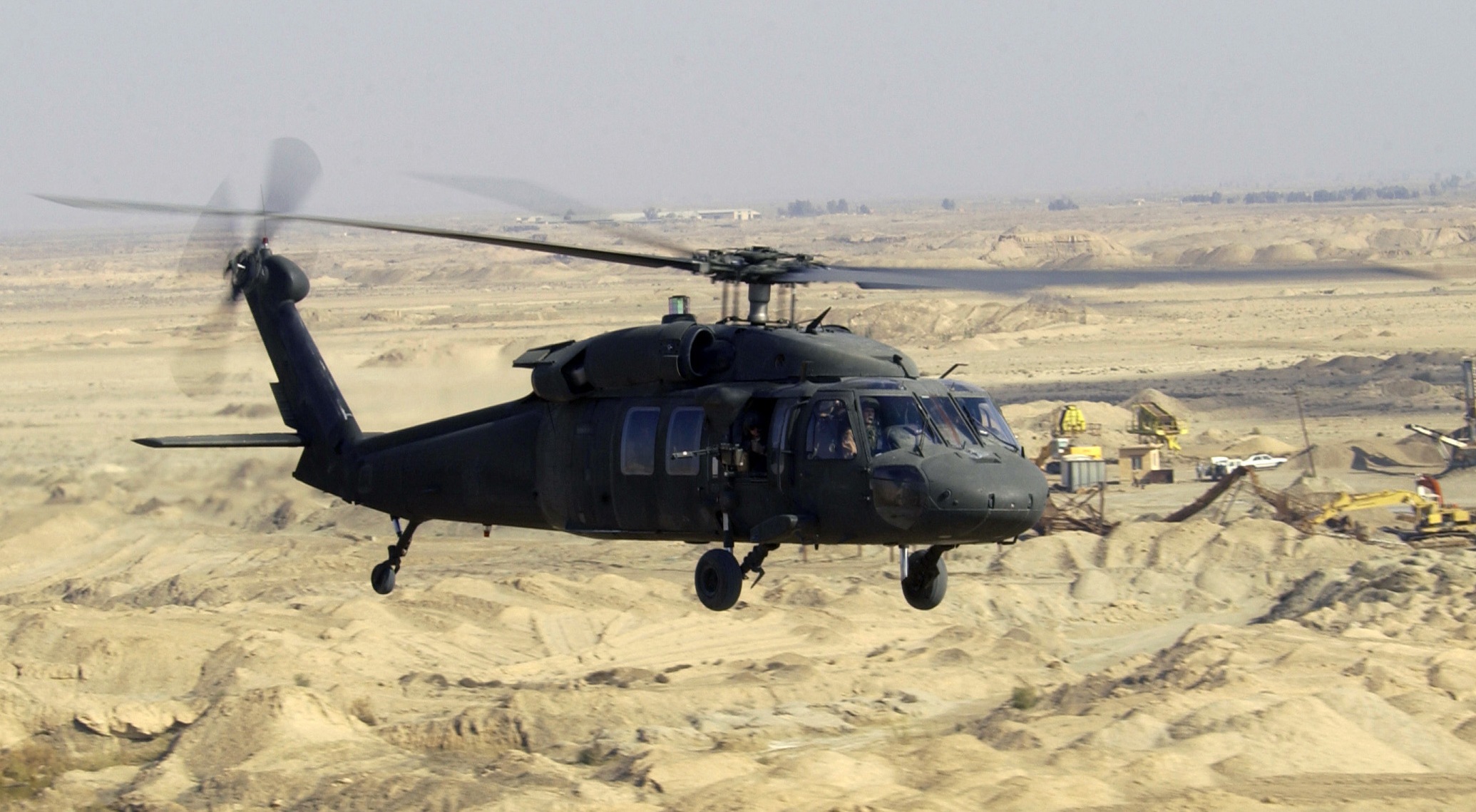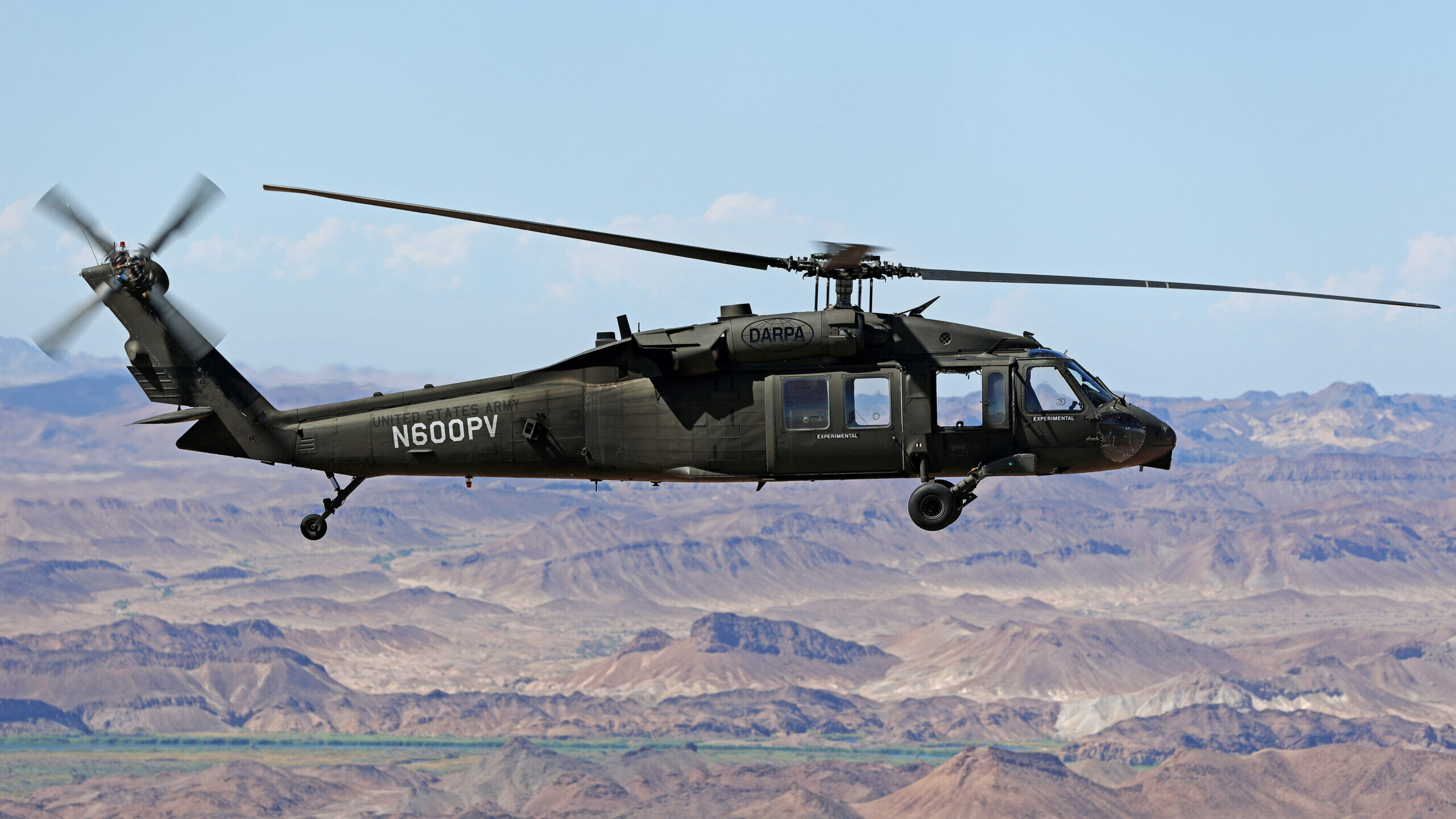Secret Benefits of the UH 60 for Unique Procedures and Rescue Missions
Secret Benefits of the UH 60 for Unique Procedures and Rescue Missions
Blog Article
UH-60: Developments in Modern Helicopter Style
The UH-60 helicopter stands as a criteria in modern-day aviation, showcasing considerable advancements in style and innovation that provide to the developing needs of army operations. As we check out the advancement and key developments of the UH-60, it ends up being necessary to consider how these advancements affect not just present applications however additionally the future landscape of helicopter layout.

Advancement of the UH-60
The development of the UH-60 Black Hawk helicopter represents a substantial turning point in aerospace engineering and military aeronautics. Presented in the late 1970s, the UH-60 was developed by Sikorsky Aircraft to meet the USA Army's need for a flexible utility helicopter qualified of performing a selection of objectives. Its layout highlighted ability to move, speed, and toughness, setting new standards for functional performance.
The UH-60 features a distinct four-blade rotor system, which improves lift and security, allowing it to run effectively in diverse settings. Its airframe is built from advanced composite materials, adding to a decrease in weight while maintaining structural honesty. The helicopter's layout also integrates better aerodynamics, which improves gas efficiency and enhances variety.
For many years, the Black Hawk has undergone several upgrades to boost its capacities, including improved engines, advanced trip control systems, and modular systems for simple maintenance and versatility. The helicopter's capability to execute goals varying from army transport to clinical discharge has solidified its role as a backbone of U.S. armed forces operations. The UH-60 Black Hawk stays an archetype of exactly how technology in helicopter design can considerably impact armed forces efficiency and operational flexibility.
Advanced Avionics Systems
Developments in avionics systems have transformed the capabilities of modern helicopters like the UH-60 Black Hawk, enhancing functional efficiency and situational awareness (UH 60). The integration of sophisticated avionics permits improved flight, navigating, and interaction management, making the UH-60 a lot more functional in diverse objective profiles
Among the crucial features is the sophisticated electronic cabin, which employs multifunction display screens that give real-time data, guaranteeing pilots have prompt access to essential trip details. This streamlining of details minimizes pilot workload and enhances decision-making procedures during complicated operations. Additionally, the incorporation of GPS and inertial navigating systems enables exact positioning and path planning, boosting objective execution in tough atmospheres.
Moreover, progressed avionics systems enhance interaction capabilities via protected information links and voice interaction systems, enabling smooth sychronisation with ground pressures and other airplane. The integration of automated flight control systems additionally contributes to improved security and control, especially in adverse weather condition problems or during low-altitude maneuvers.
Engine and Efficiency Enhancements
Engine performance in contemporary helicopters has actually taken a significant jump onward, driven by advancements that enhance performance, power, and reliability. At the forefront of these improvements is the fostering of more powerful turboshaft engines, especially those using advanced materials and innovations that allow greater temperature tolerances and boosted drive capacities. The UH-60 Black Hawk, as an example, uses the T700-GE-701C engine, which includes a dual-channel, full-authority electronic engine control system. This system boosts performance while optimizing fuel usage and reducing maintenance demands.
Additionally, the combination of engine health and wellness tracking systems enables for real-time diagnostics and predictive upkeep, significantly boosting functional integrity. These systems not just alert crews to potential issues prior to they come to be essential yet additionally promote a lot more effective maintenance organizing, therefore lowering downtime.

Materials and Structural Innovations
Recent advancements in materials and structural design have transformed modern helicopter building, improving both performance and resilience. The introduction of advanced composite materials, such as carbon fiber reinforced polymers, has significantly reduced weight while maintaining architectural integrity. This change not only enhances fuel efficiency yet likewise raises haul ability, allowing helicopters like the UH-60 to carry out more diverse missions.
Furthermore, developments in aluminum alloys and titanium parts have contributed to improved resistance to corrosion and exhaustion, prolonging the lifespan of critical airframe components. The tactical use these products has brought about a reduction in upkeep demands and improved general operational preparedness.

In addition, the integration of computer-aided layout (CAD) and additive manufacturing innovations has actually enabled extra complex geometries and light-weight structures, maximizing the aerodynamic performance of helicopter designs. These improvements facilitate fast prototyping and manufacturing, view website allowing makers to respond quickly to advancing objective demands.
Security and Survivability Attributes
Safety and survivability functions in modern-day helicopter design have actually pop over to this site become extremely important, reflecting the boosting needs for objective performance in difficult settings. The UH-60 Black Hawk, a notable instance, incorporates sophisticated modern technologies to enhance staff and guest defense. One of one of the most vital improvements is the unification of crashworthy gas systems designed to lessen the threat of fire during effect. Additionally, the airframe is built with strengthened products that absorb and dissipate power, further securing occupants in the event of a crash.
The helicopter also uses a ballistic security system, that includes armored crew seats and important systems shielding, reducing susceptability to little arms fire and shrapnel. Improved situational awareness is achieved via sophisticated avionics and sensor technologies, permitting pilots to detect and avoid hazards properly.
Additionally, the combination of redundancy in critical systems-- such as twin engines and numerous flight control channels-- ensures ongoing operation also if one system stops working. The UH-60 is equipped with innovative emergency situation flotation tools, improving survivability in water landings. Jointly, these attributes not only improve the safety and security of workers but additionally boost mission success prices in hostile settings, demonstrating the commitment to quality in helicopter design.
Final Thought
The UH-60 helicopter represents a significant innovation in contemporary aviation modern technology, integrating cutting-edge materials, innovative avionics, and robust security features. Its development mirrors a commitment to boosting performance and functional efficiency while making certain pilot and crew survivability. The integration of lightweight compounds and progressed navigating systems underscores the helicopter's versatility in different army missions. In general, the UH-60 offers as a benchmark for future advancements in helicopter layout, personifying durability and flexibility in contemporary army operations.
The UH-60 helicopter stands as a standard in contemporary air travel, showcasing significant improvements in style and innovation that cater to the evolving needs of army procedures. As we check out the development and essential developments of the UH-60, it ends up being vital to think about exactly how these advancements influence not only current applications but additionally the future landscape of helicopter layout.
Presented in the late 1970s, the UH-60 was made by Sikorsky Airplane to satisfy the United States Army's need for a versatile energy her comment is here helicopter qualified of doing a range of missions. The UH-60 Black Hawk remains a prime example of just how technology in helicopter style can substantially influence army performance and functional flexibility.
Overall, the UH-60 offers as a criteria for future advancements in helicopter design, embodying strength and convenience in modern armed forces operations.
Report this page